

Articles
How To Get A Squirrel Out Of Your Chimney
Modified: August 27, 2024
Learn effective techniques and tips from our articles on how to safely and efficiently get a squirrel out of your chimney.
(Many of the links in this article redirect to a specific reviewed product. Your purchase of these products through affiliate links helps to generate commission for Storables.com, at no extra cost. Learn more)
Overview
Having a squirrel in your chimney can be a nuisance and potentially hazardous. Not only can it cause damage to your chimney and home, but it can also create a fire hazard if it blocks the flue. If you find yourself in this predicament, it’s important to act promptly and safely to get the squirrel out of your chimney.
This article will provide you with a step-by-step guide on how to safely and effectively remove a squirrel from your chimney. We’ll cover everything from assessing the situation to sealing off the chimney to prevent future intrusions. Let’s get started!
Remember, before attempting any of these steps, it’s essential to ensure your own safety and the safety of the squirrel. If you’re uncomfortable or unsure about handling the situation yourself, don’t hesitate to call a professional wildlife removal service.
Key Takeaways:
- Safely remove a squirrel from your chimney by assessing the situation, creating an escape route, and using humane deterrents. Seal off the chimney to prevent future intrusions and call a professional if needed.
- Prioritize safety and well-being by following a step-by-step guide to remove a squirrel from your chimney. Take preventive measures to seal off the chimney and call a professional if necessary.
Read more: How To Get An Animal Out Of Your Chimney
Step 1: Assess the situation
The first step in getting a squirrel out of your chimney is to assess the situation. This involves determining whether the squirrel is indeed trapped inside the chimney or if it has found a way to enter and exit freely.
Start by listening for any sounds coming from the chimney. Squirrels are known to be active during the day, so you may hear scratching, scurrying, or vocal noises. You may also notice debris or nesting materials falling into the fireplace. These signs indicate that there is an animal present in the chimney.
Next, visually inspect the exterior of your home to check for any squirrel entry points. Look for gaps, holes, or loose screens around the chimney area. Squirrels are agile climbers, so they can easily access chimneys through these openings.
It’s important to note that if you have a functioning chimney cap or spark arrestor installed, it should prevent any squirrels from entering. However, if the cap is damaged or missing, it’s possible that a squirrel may have found its way in.
If you’re unsure whether the squirrel is inside the chimney or accessing it from outside, you can temporarily close the damper and observe if there are any attempts by the squirrel to exit. If you notice the sounds or activity ceasing, it’s a good indication that the squirrel is trapped inside.
By assessing the situation and determining whether the squirrel is trapped or has an escape route, you can proceed with the appropriate steps to safely remove it from your chimney.
Step 2: Determine if the squirrel is trapped inside
Once you’ve assessed the situation and confirmed the presence of a squirrel in your chimney, the next step is to determine if the squirrel is trapped inside or if it has a way to enter and exit freely.
To determine if the squirrel is trapped, you can start by closing off all potential escape routes. This includes closing any doors or windows in the room where the chimney is located. By limiting the squirrel’s options for escape, you can better observe its behavior and movements.
Next, observe the chimney area closely. Look for any signs of the squirrel attempting to exit, such as scratching or climbing. You may also hear the squirrel making vocal noises or see it peering out from the chimney opening. These signs indicate that the squirrel is indeed trapped inside.
If you have a fireplace with a glass door or mesh screen, you can gently open it to create a barrier between you and the squirrel. This will allow you to observe its movements without directly coming into contact with it. However, exercise caution and keep a safe distance to avoid startling or provoking the squirrel.
If you’re still unsure whether the squirrel is trapped or has an escape route, you can use a non-toxic smoke pellet or incense stick to create smoke in the fireplace. Observe if there are any signs of the smoke being drawn up the chimney, which would indicate that the flue is clear and the squirrel can come and go.
By determining whether the squirrel is trapped inside the chimney or has a way to enter and exit freely, you can proceed with the appropriate steps to safely remove it.
Step 3: Create an escape route
Creating an escape route for the squirrel is an essential step in safely removing it from your chimney. By providing an alternative exit, you can guide the squirrel out of the chimney and prevent it from causing further damage or becoming trapped.
Start by opening all doors and windows in the room where the chimney is located. This will create a clear path for the squirrel to exit. Make sure to close any interior doors leading to other parts of the house to prevent the squirrel from venturing further inside.
Next, block off any potential hiding spots or alternative routes within the room. Squirrels are quick and agile, so it’s important to minimize their options for escape and guide them towards the designated exit.
If there is a fireplace with a glass door or mesh screen, keep it open to provide a clear visual pathway for the squirrel. You can also place a large piece of cardboard or a sheet near the fireplace, leading towards the open door or window. This will act as a visual guide for the squirrel to follow.
It’s important to create a calm and non-threatening environment during this process. Turn off any loud noises or distractions that may frighten the squirrel and make it less likely to move towards the designated exit.
Once you’ve set up the escape route, avoid approaching or cornering the squirrel. Allow it some time to assess the situation and find its way out. Be patient and observe from a safe distance, ready to take action if needed.
By creating an escape route and guiding the squirrel towards it, you increase the chances of a successful and safe removal from your chimney.
To get a squirrel out of your chimney, place a bright light at the base of the fireplace to encourage the squirrel to climb out. Keep the damper closed to prevent it from entering your home.
Step 4: Use deterrents to encourage the squirrel to leave
If the squirrel is not immediately taking the exit route you have provided, using deterrents can help encourage it to leave the chimney. Deterrents create an inhospitable environment for the squirrel and make it more inclined to seek an alternative shelter.
One effective deterrent is to introduce unpleasant odors near the chimney opening. Squirrels have a keen sense of smell, and certain scents can drive them away. You can try placing ammonia-soaked rags or mothballs in a mesh bag and hanging it near the chimney. Make sure to securely attach the bag to prevent it from falling into the fireplace.
Another deterrent option is to introduce noise or vibrations near the chimney opening. Squirrels are sensitive to disturbances, and these stimuli can make them uncomfortable. You can play a loud radio or use a vibrating device near the chimney to create a disruptive environment that encourages the squirrel to leave.
It’s important to note that these deterrents should not be harmful to the squirrel or the environment. Avoid using toxic substances or methods that may cause harm.
While using deterrents, continue to observe the squirrel’s behavior. If it appears distressed or agitated, it may be necessary to reevaluate your approach. Always prioritize the safety and well-being of the squirrel and take necessary precautions to avoid causing unnecessary stress or harm.
Remember that the effectiveness of deterrents may vary, and it’s possible that the squirrel may not be immediately responsive. Patience is key during this process, and it may take some time for the squirrel to decide to leave the chimney on its own.
By using deterrents in a responsible and humane manner, you can increase the chances of the squirrel voluntarily leaving the chimney and finding a more suitable habitat.
Read more: How To Get Raccoons Out Of Your Chimney
Step 5: Seal off the chimney to prevent future intrusions
Once you have successfully removed the squirrel from your chimney, it’s crucial to take preventive measures to ensure that future intrusions are avoided. Sealing off the chimney will effectively block access for squirrels and other wildlife.
Start by inspecting the exterior of your chimney for any gaps, cracks, or loose screens. Squirrels are adept climbers and can squeeze through small openings, so it’s important to address any potential entry points. Use a strong wire mesh or hardware cloth to cover these openings and secure them tightly to prevent squirrels from gaining entry.
Additionally, make sure that your chimney cap or spark arrestor is in good condition and securely installed. These structures act as barriers, keeping wildlife out of your chimney while still allowing proper ventilation.
Trim any tree branches that overhang your chimney. Squirrels can use these branches as a bridge to easily access your chimney. By removing this potential pathway, you reduce the likelihood of future intrusions.
Regular chimney maintenance is also important in preventing wildlife from entering. Clean your chimney regularly to remove debris and nesting materials that may attract squirrels. Consider installing a chimney cap with a mesh cover to further deter wildlife and prevent debris from obstructing the flue.
It’s a good practice to periodically inspect your chimney and surrounding areas for any signs of squirrel activity or potential entry points. By staying vigilant and proactively addressing any vulnerabilities, you can maintain a squirrel-free chimney.
Remember, prevention is key when it comes to wildlife intrusion. By sealing off your chimney and implementing preventive measures, you can minimize the chances of squirrels or other animals finding their way into your home.
Step 6: Call a professional if necessary
If you have followed the previous steps and are still unable to safely remove the squirrel from your chimney, it’s time to consider calling a professional wildlife removal service. These experts have the knowledge, experience, and specialized equipment to handle squirrel removal situations effectively and humanely.
There are several scenarios in which it is recommended to seek professional assistance:
- If the squirrel is injured or appears to be in distress, it’s important to let trained professionals handle the situation. They have the expertise to handle injured wildlife and provide appropriate care.
- If you’re unable to access or safely maneuver around your chimney, it’s best to leave the task to professionals who have the necessary equipment and protective gear.
- If you have attempted the removal process multiple times without success or if the squirrel keeps returning, professionals can provide long-term solutions and strategies to prevent further intrusions.
When choosing a wildlife removal service, make sure to select a reputable and licensed company. They should employ humane and ethical methods in handling wildlife, ensuring the safety of both humans and animals involved.
While waiting for professional assistance, it’s important to keep a safe distance from the squirrel and avoid any attempts at physical contact. Squirrels can be unpredictable and may become aggressive if they feel threatened.
By calling a professional if necessary, you can ensure the safe and effective removal of the squirrel from your chimney, giving you peace of mind and preventing any potential harm to yourself or the animal.
Conclusion
Dealing with a squirrel in your chimney can be a challenging situation, but by following the steps outlined in this guide, you can safely and effectively remove the squirrel and prevent future intrusions.
Remember to assess the situation carefully, determine if the squirrel is trapped inside or has an escape route, and create an escape route to guide the squirrel out of the chimney. Using deterrents can help encourage the squirrel to leave, but always prioritize their safety and well-being.
Sealing off the chimney and conducting regular maintenance is crucial in preventing future squirrel intrusions. Address any potential entry points and ensure that your chimney cap or spark arrestor is secure. Maintaining a clean and well-maintained chimney will discourage squirrels from nesting in it.
If your attempts to remove the squirrel are unsuccessful or if you’re unable to safely handle the situation, don’t hesitate to call a professional wildlife removal service. They have the expertise and resources to resolve the issue safely and effectively.
Remember, prevention is key when it comes to wildlife intrusions. By taking proactive measures to seal off your chimney, trim tree branches, and conduct regular inspections, you can minimize the chances of squirrels or other animals finding their way into your home.
Lastly, always prioritize the safety and well-being of both yourself and the squirrel. Practice patience, caution, and compassion throughout the process of removing a squirrel from your chimney.
By following these steps and taking the necessary precautions, you can successfully get a squirrel out of your chimney and ensure a squirrel-free and safe environment in your home.
Frequently Asked Questions about How To Get A Squirrel Out Of Your Chimney
Was this page helpful?
At Storables.com, we guarantee accurate and reliable information. Our content, validated by Expert Board Contributors, is crafted following stringent Editorial Policies. We're committed to providing you with well-researched, expert-backed insights for all your informational needs.
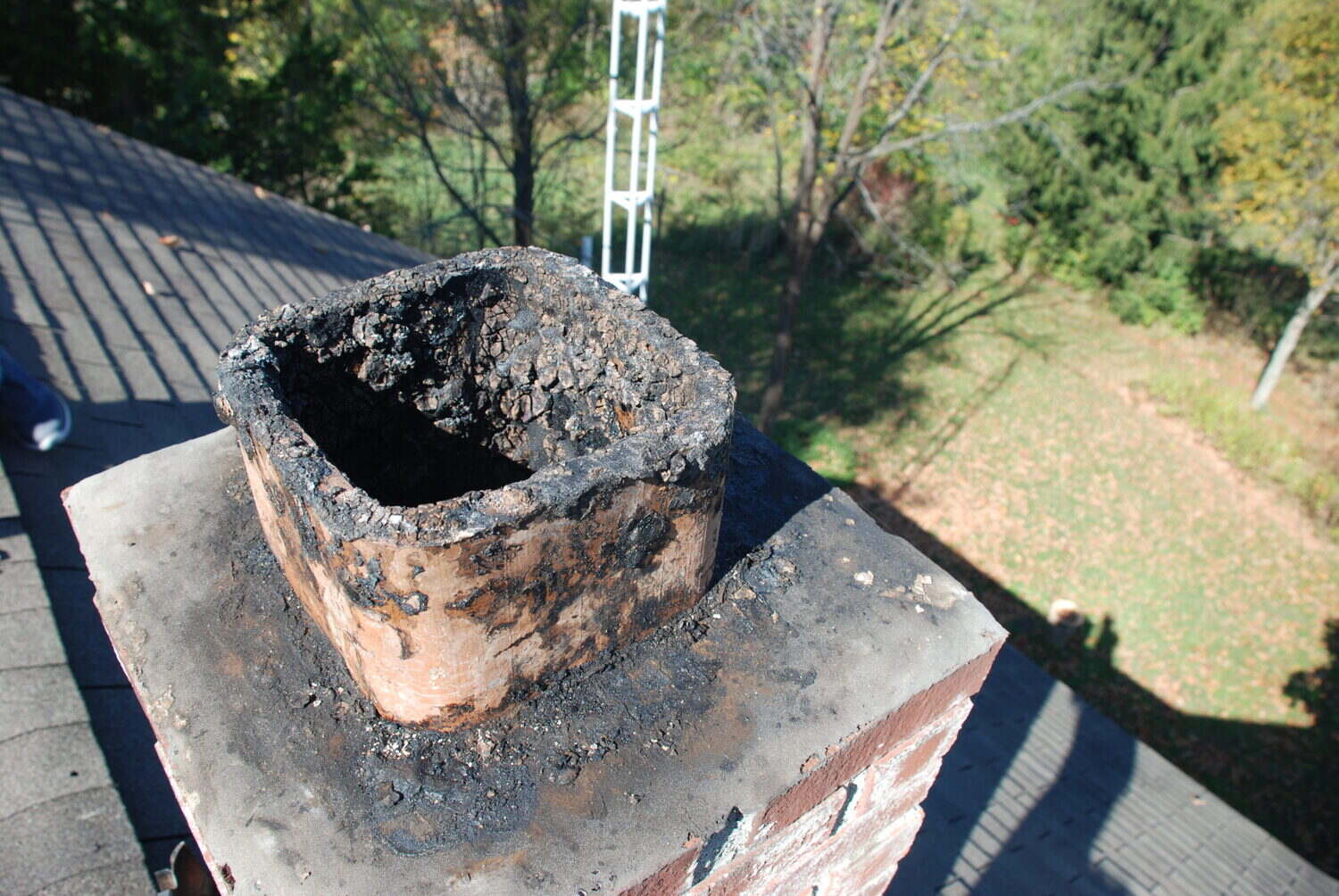

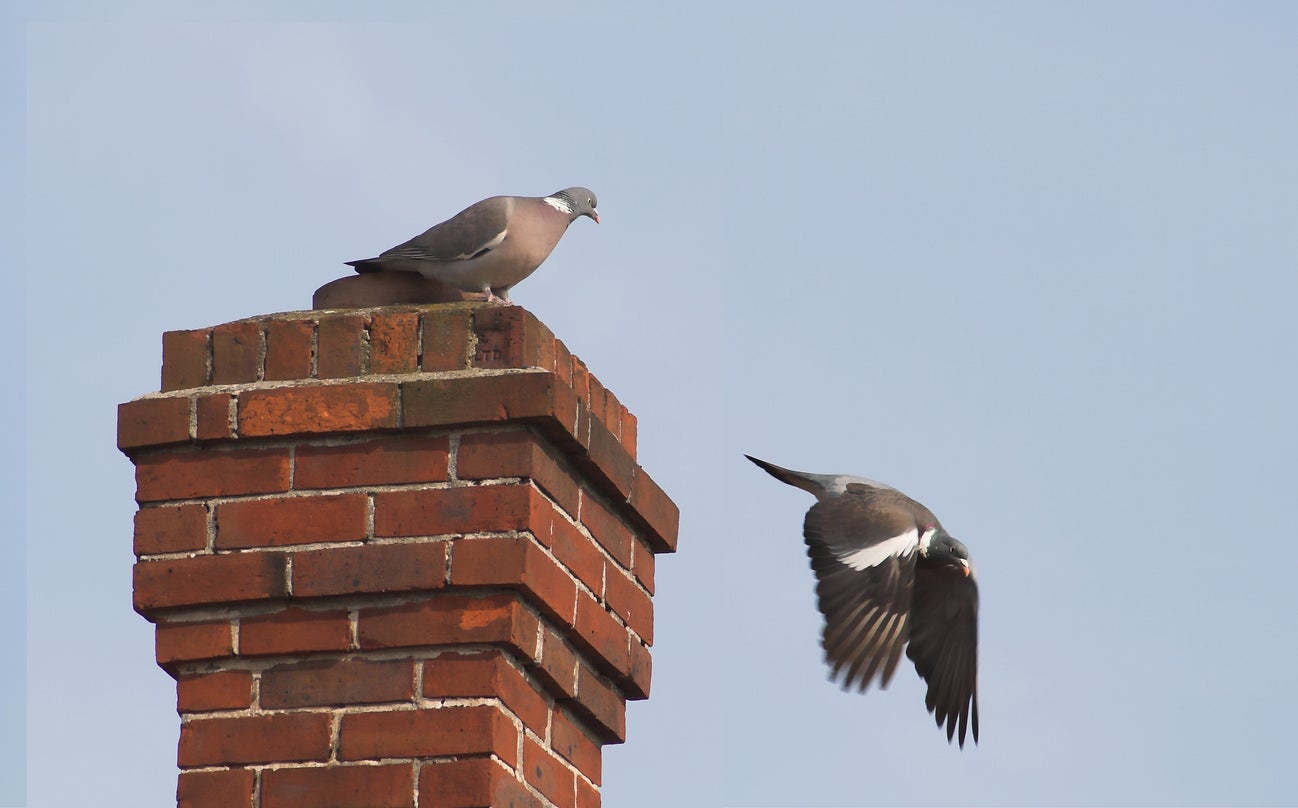
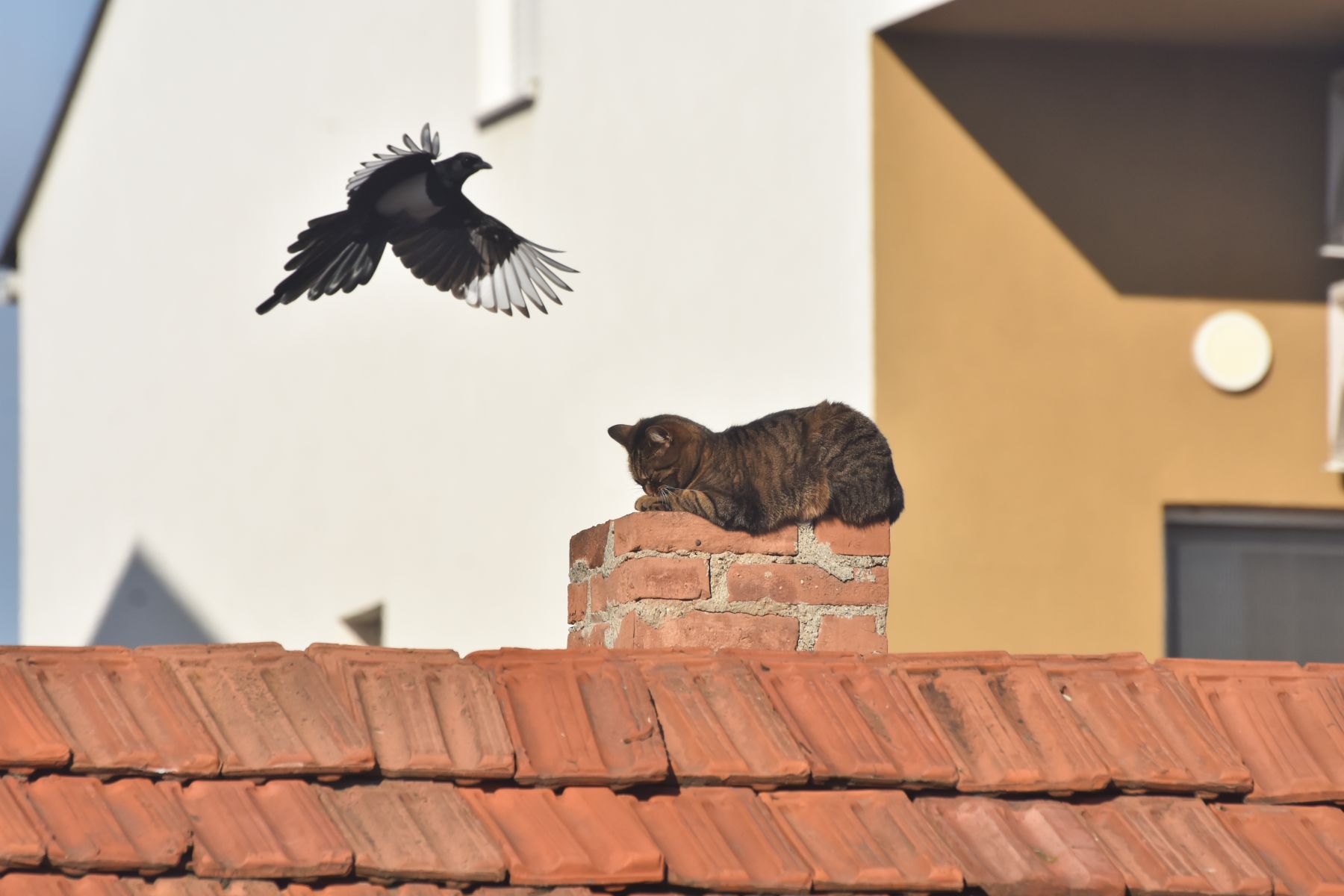

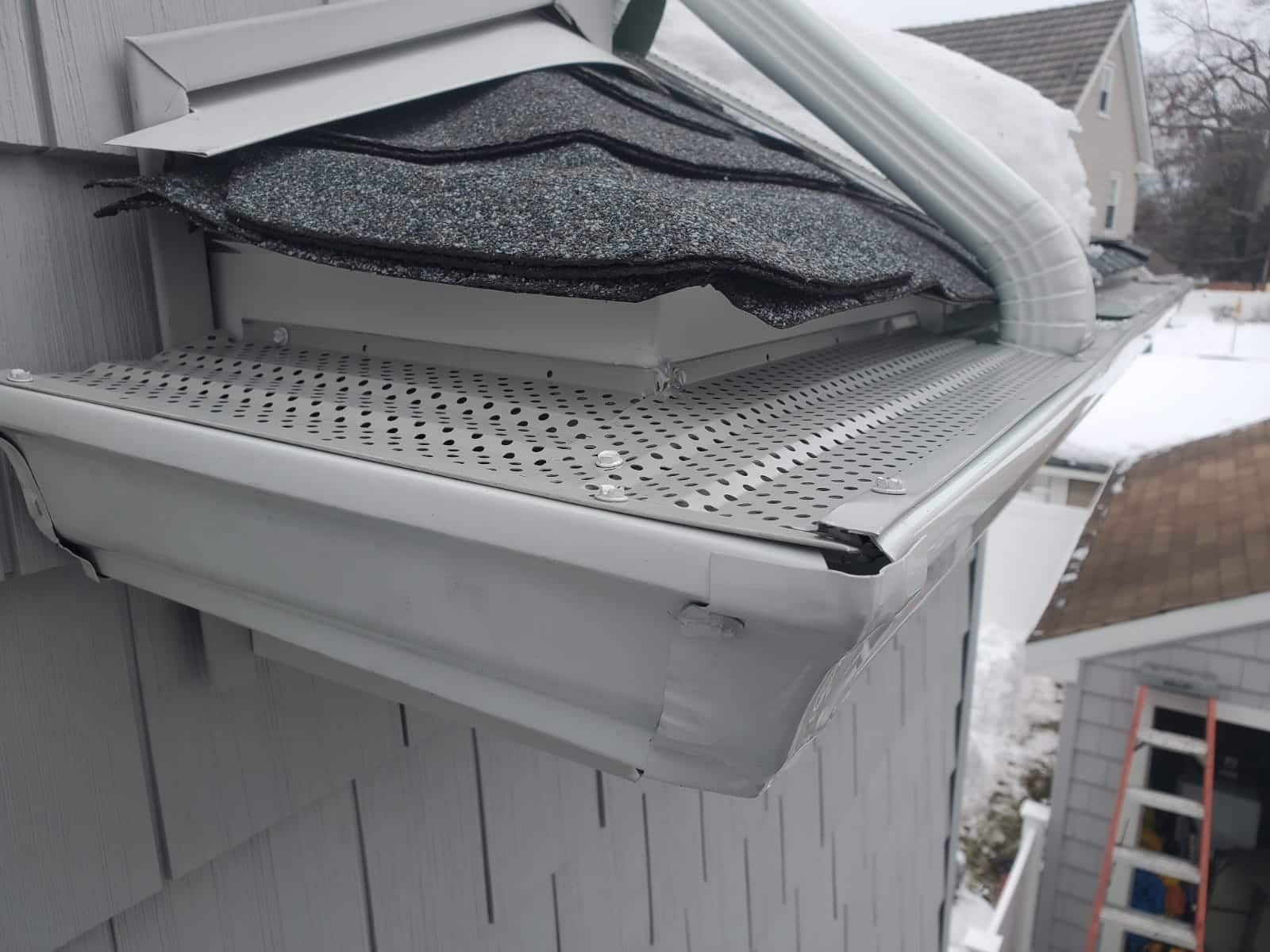



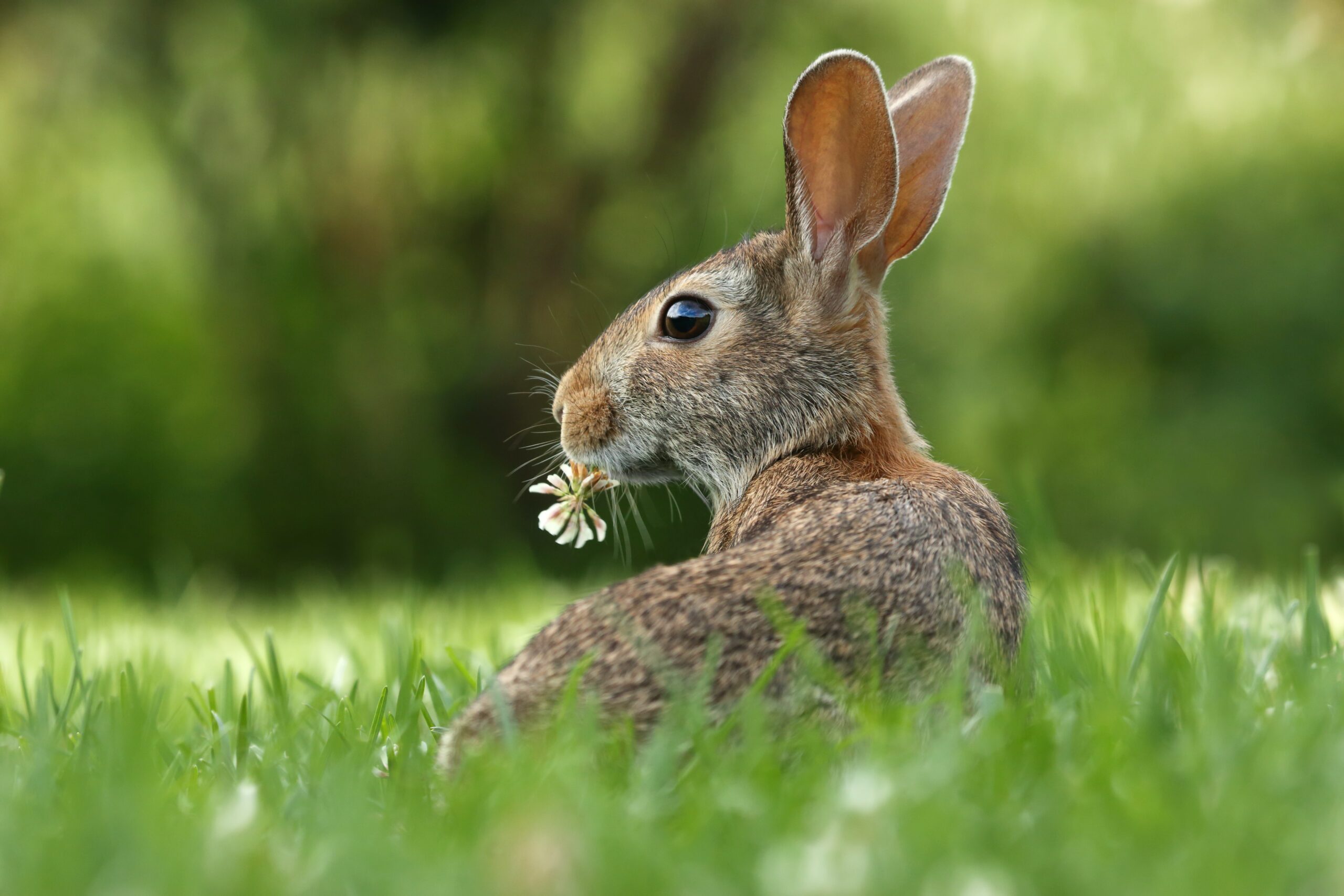





0 thoughts on “How To Get A Squirrel Out Of Your Chimney”